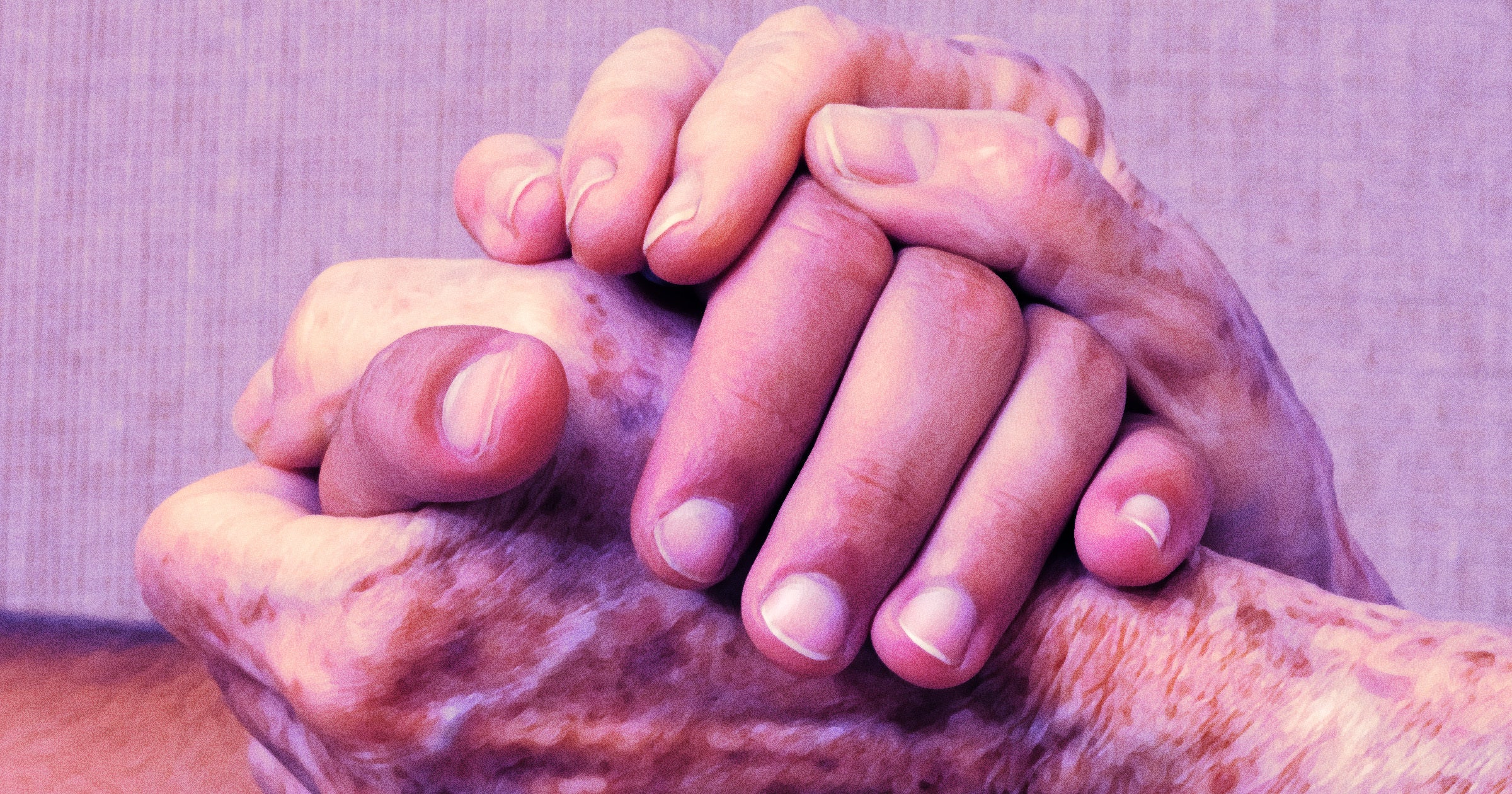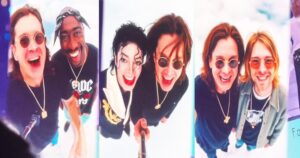Os cientistas encontram evidências de que o envelhecimento é contagioso
Image by Getty / FuturismEventually, aging comes for us all — but new evidence suggests that in key ways, it may be a contagious condition.In a provocative new study published in the journal Metabolism, scientists from South Korea and the United States found, while doing studies on human cells and with mice, that injecting the DNA messenger protein HMGB1 from an older individual can result in processes that very much look like aging.Though it typically lives within Os núcleos celulares e o DNA “organiza”, o HMGB1 é liberado quando sua célula doméstica começa a envelhecer ou ficar estressada, fazendo com que a célula pare de dividir e começar a se deteriorar em um processo conhecido como senescência. Uma vez que está fora de seu habitat natural, a proteína atua de maneira muito diferente e pode mudar formas, dependendo da quantidade de oxigênio que é exposta – e quando falta oxigênio, o HMGB1 é considerado “reduzido”, liderado por uma mesa de que os pesquisadores é reduzida, que a faculdade de medicina da Coréia, que parece “, como um dos messounos, que se repete, que é um dos médicos de uma vez que o que é realizado, como o que é”, como um dos meses, que é realizado, que é que os pesquisadores biomédicos são reduzidos, que é uma das medidas que se referem a que é uma das medidas que se referem a que é uma das medidas que se referem a que é uma das medidas de que a medição de que é uma das meassenistas, que é a que se metem, que é uma das medidas que se referem a que os pesquisadores biomédicos são reduzidos para a faculdade de medicina da Coréia. binds to age and become senescent.The oxidized form of HMGB1, on the other hand, doesn’t seem to have the same effect: when other cells were exposed to the oxidized protein, they stayed healthy and divided the way they were supposed to, the study explains.Testing this effect out first on human kidney, lung, muscle, and skin cells, the researchers found that when exposed to the reduced form of HMGB1, healthy cells began to show signs of envelhecimento como senescência e liberação de moléculas de inflamação. Quando as células saudáveis foram expostas à proteína oxidada, elas continuaram a se dividir normalmente e mantiveram sua saúde – e esse efeito foi observado em cada tipo de célula. Efeitos semelhantes, observa as observações do estudo, também foram observadas em experimentos de camundongos. When young, healthy mice were injected with small doses of reduced HMGB1, they began to show signs of premature aging within a single week, including the kind of senescence and inflammation associated with getting older.And when they examined blood samples from adult humans between the ages of 70 and 80, the researchers found much higher levels of reduced HMGB1 as compared to people in their 40s — and the same effect was found in aged lab mice too.”This study reveals that aging signals are not confined to individual cells, but can be systemically transmitted via the blood,” explained Ok Hee Jeon, one of the Korea University researchers who worked on the study, in a statement.In other words, this research not only has implications for anti-aging treatments down the line, but also offers a new look at how aging appears to “move through” the body, going from cell to cell to suck out their life force like so many microscopic vampires. É um trabalho inicial, mas é um vislumbre fascinante dos mecanismos que nos levam a sucumbir ao Pai Time. Mais sobre o envelhecimento: as mulheres tomam injeções de peptídeos no evento de “reversão da idade”, acabam saindo em ambulâncias em ambulâncias
Fonte














Publicar comentário